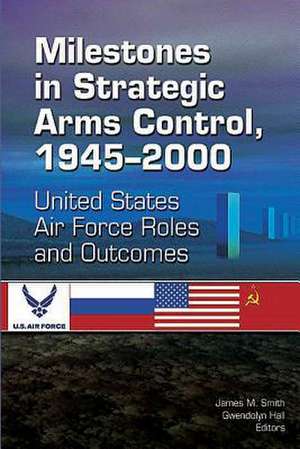Milestones in Strategic Arms Control, 1945-2000, United States Air Force Roles and Outcomes
Autor James M. Smith, Gwendolyn Hallen Limba Engleză Paperback
Preț: 173.70 lei
Nou
Puncte Express: 261
Preț estimativ în valută:
33.24€ • 34.71$ • 27.45£
33.24€ • 34.71$ • 27.45£
Carte disponibilă
Livrare economică 25 martie-08 aprilie
Preluare comenzi: 021 569.72.76
Specificații
ISBN-13: 9781478391722
ISBN-10: 1478391723
Pagini: 320
Dimensiuni: 152 x 229 x 17 mm
Greutate: 0.43 kg
Editura: CREATESPACE
ISBN-10: 1478391723
Pagini: 320
Dimensiuni: 152 x 229 x 17 mm
Greutate: 0.43 kg
Editura: CREATESPACE
